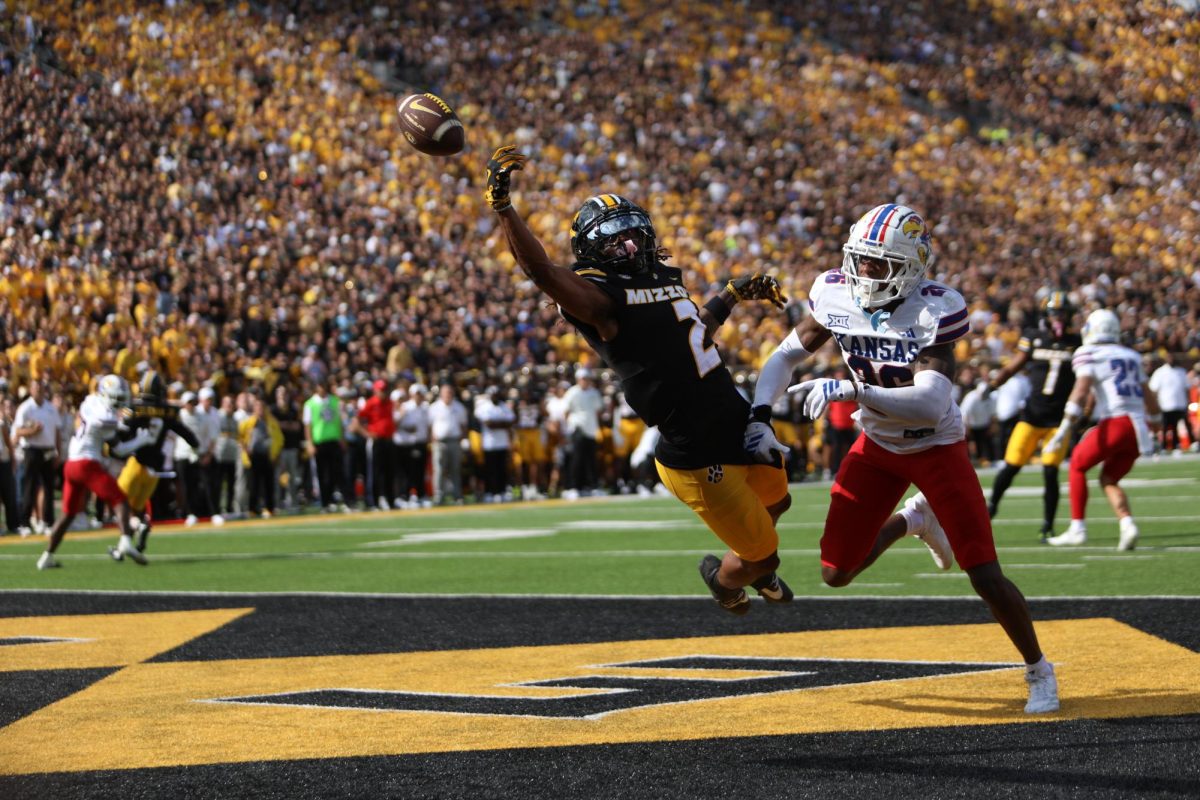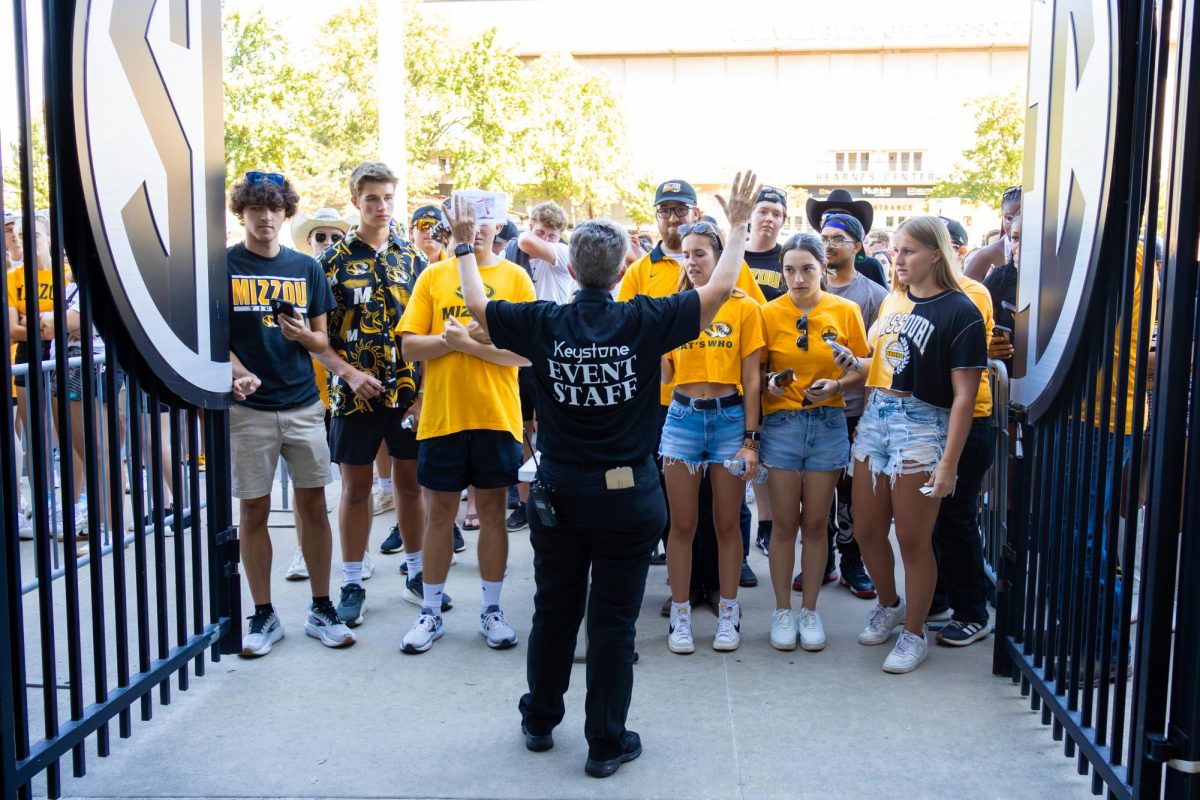Amid floods, power outages, gas leaks and the destruction of millions of homes and lives, the presidential election is still close to the forefront of many Americans’ minds.
After three presidential debates and one vice-presidential debate, many voters are more educated about the platform of each ticket.
“While debates aren’t really hailed as something that changes voters’ minds concerning who they are going to vote for, they are still good opportunities to get a more detailed idea about where candidates say they stand,” Tigers Against Partisan Politics Vice President Camille Hosman said.
Founded by Trey Sprick in February 2012, TAPP acts as a nonpartisan educational resource for students. The organization hosted watch parties for each debate with Missouri Students Association, The Associated Students of the University of Missouri and Legion of Black Collegians Student Government, allowing students to discuss the events as they happened and hear others’ opinions.
Sprick, the organization’s current president, said he thinks debates are beneficial for undecided voters, allowing them to hear what each candidate believes. However, he said he doesn’t think they necessarily change the opinions of decided voters.
In the 2011 election of the British prime minister, researchers manipulated the “worm” graph that shows what viewers think of what the candidates are saying. In a research study conducted by the University of Bristol, 150 participants were split into two groups. One group was shown a graph favoring Gordon Brown, while the other group’s graph favored Nick Clegg.
Even individuals who were previously decided were susceptible to being manipulated by the supposed public opinion.
According to a PEW Research Center poll, Obama had a 51 to 43 percent lead among likely voters before the first presidential debate. After the debate, Romney held a 49 to 45 percent lead. Following the final presidential debate, the PEW poll showed each candidate had 47 percent of the votes among likely voters.
Mitchell McKinney, associate professor of political communication, said he thinks the debates are influential to American politics because it is one moment that brings together Republicans and Democrats, where as rallies and conventions only attract members of a specific party.
Debates are a dominant media event, covered extensively on cable news, the Internet and sketch shows like “Saturday Night Live,” “The Daily Show with Jon Stewart” and “The Colbert Report.”
McKinney said he thinks people are still influenced by the debates even without watching them. By watching “The Colbert Report” or other shows, viewers get an impression of the candidate.
Social media also became very significant during the debates of this election.
The first presidential debate on Oct. 3 caused more than 10 million tweets in 90 minutes, making it the most tweeted political event in U.S. history, according to the Christian Post.
During the second debate, more than 1 million tweets were sent in the first 23 minutes, according to Twitter’s government account. The debate accumulated 7.2 million tweets overall.
Despite the obviously influential nature of the debates, Sprick said he would like to change the current format.
“I think that, currently, political debates are kind of a farce with the way they are formatted,” he said.
Sprick referred to the inclusion of only Democratic and Republican candidates. In the 2012 presidential election, there are six candidates, with four third-party candidates, including Gary Johnson (Libertarian), Jill Stein (Green), Rock Anderson (Justice) and Virgil Goode (Constitution).
Sprick said he thinks debates could be a very informative medium to send information to voters but currently fail with the theatrics of it all. He said he would like to see candidates able to orate and question each other more, rather than just respond in short blurbs.
“If you gave each candidate five or 10 minutes to talk about foreign policy in general and question the other candidate, that would be much more informative and engrossing than having a moderator interrupt every 30 seconds,” he said.
McKinney said Americans do use a variety of debate formats, from town hall where citizens ask questions to having the candidates seated at a table. He said the variety of formats gives viewers different ways to learn about the candidates.
This year’s election is also the most expensive election in history. The Center for Responsive Politics has estimated the election will cost more than $6 billion, breaking the record by more than $700 million. The presidential election accounts for $2.6 billion of this.
“At the end of the day, the point is to have the two candidates stand next to each other,” McKinney said. “We sort of size them up and see who is the stronger candidate.”







